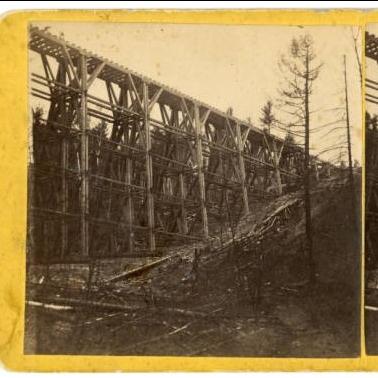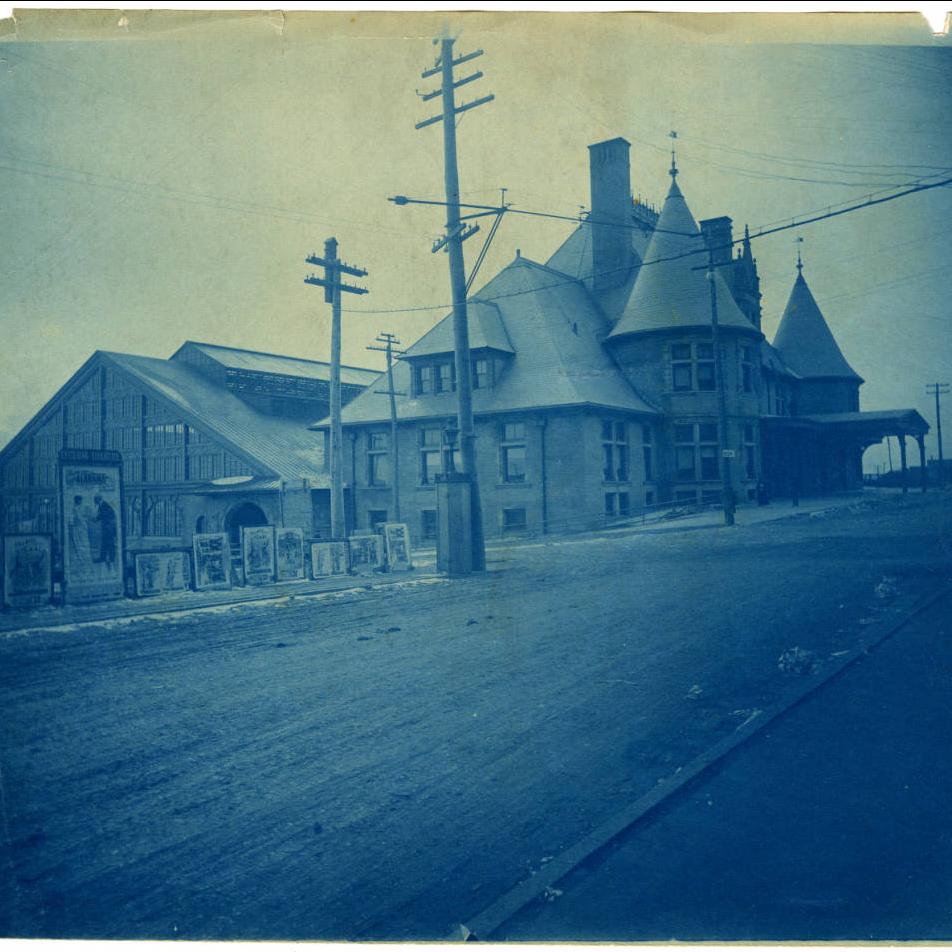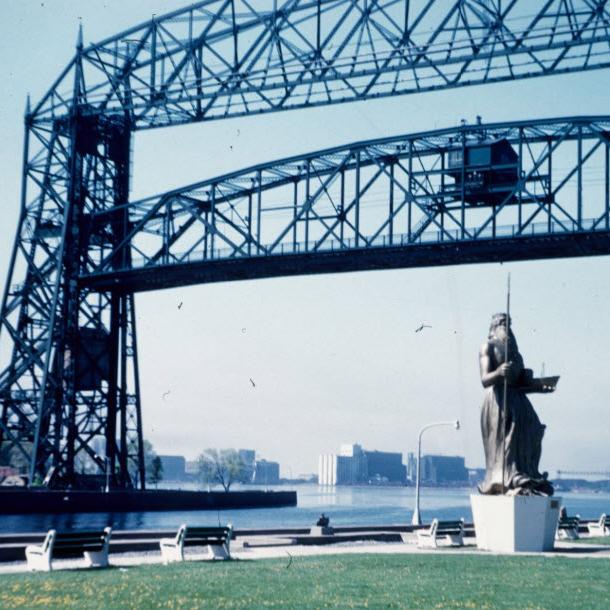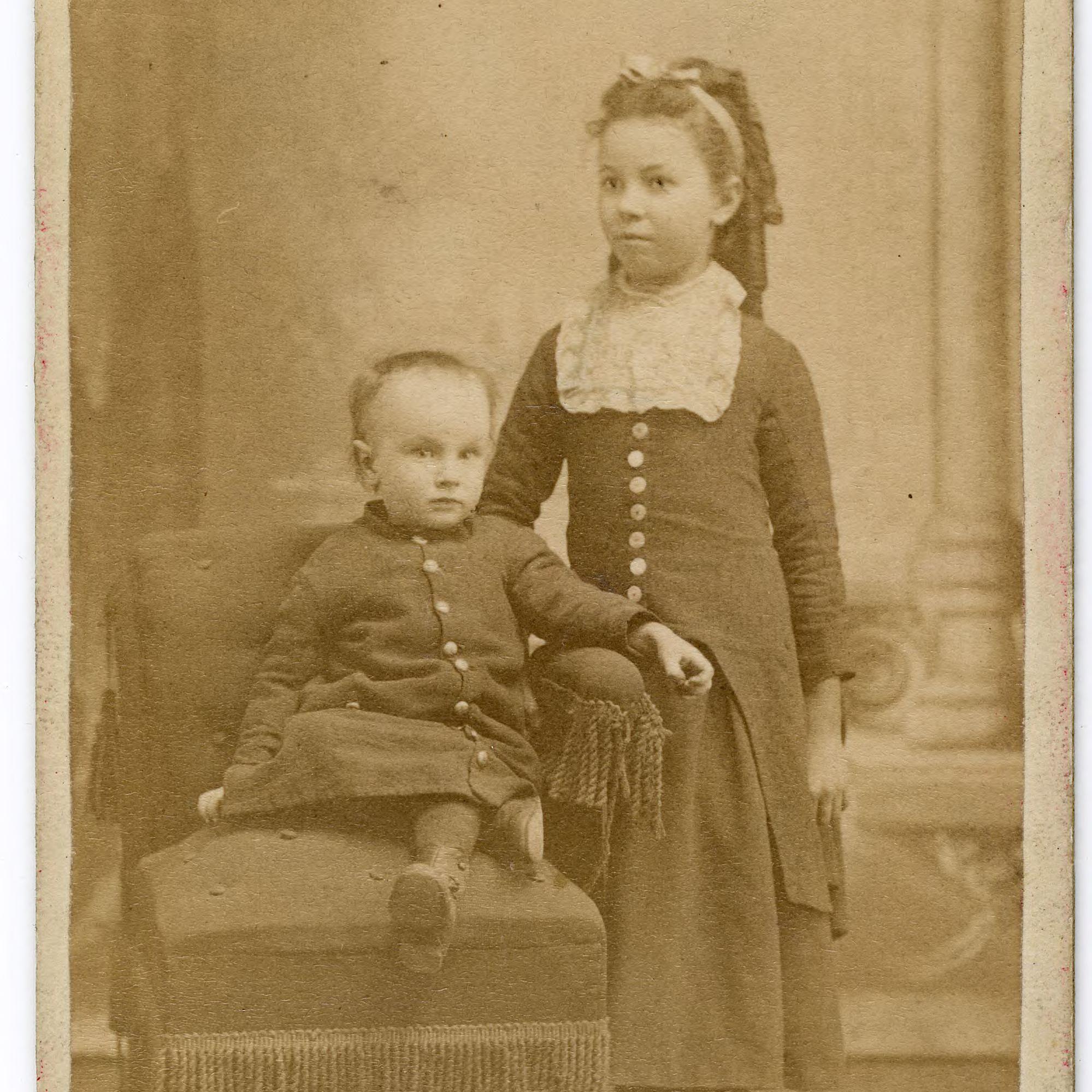Quick Summary
Explore resources related to the women’s suffrage movement with the Minnesota Digital Library’s latest Primary Source Set for educators and students.
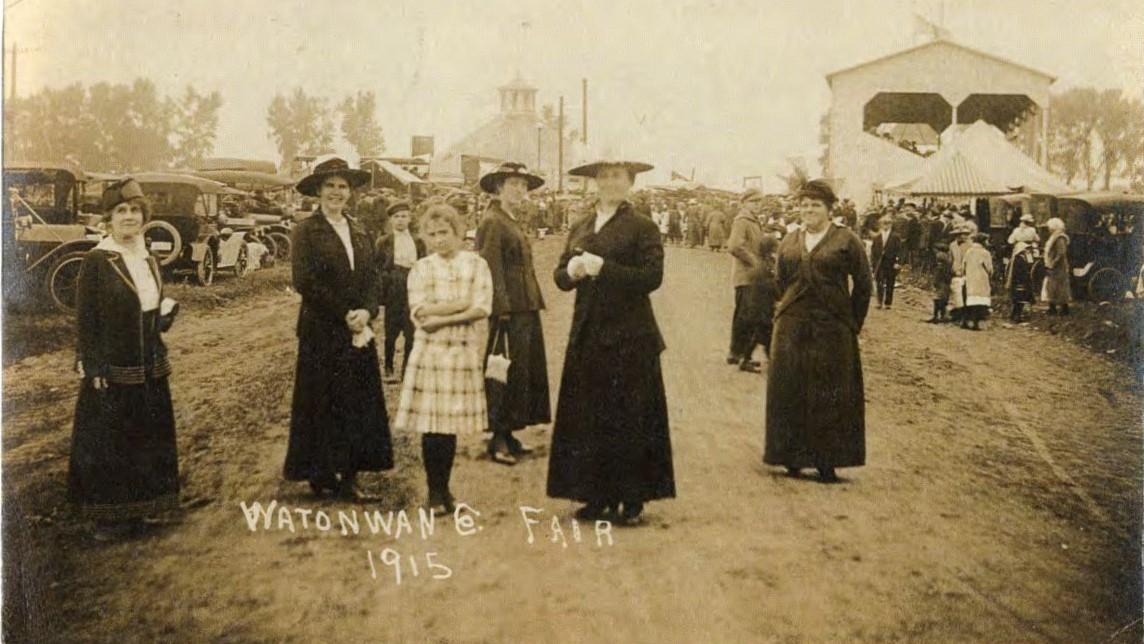
Suffragettes at the Watonwan County Fair, St. James, 1915. Watonwan County Historical Society, https://collection.mndigital.org/catalog/p15160coll2:93
Women in America began advocating for suffrage, or the right to vote, before Minnesota even became a state. In 1848, over 300 people gathered in Seneca Falls, New York, to discuss women’s rights. In the 1870s, Minnesota women began forming local suffrage groups and working for change. The state legislature granted women the right to vote in school board elections in 1875, but not in general elections. In 1881, fourteen women formed a statewide group called the Minnesota Woman Suffrage Association (MWSA), which had over 200 members by 1882.
The suffrage movement gained momentum in the 20th century. By June 1919, the United States Senate and House of Representatives had both passed resolutions to amend the Constitution to grant women full suffrage. The Minnesota legislature ratified the amendment in 1919, and it became law in 1920 after Tennessee became the 36th state to ratify.
Explore resources related to women’s suffrage with the Minnesota Digital Library’s latest Primary Source Set: Women’s Suffrage in Minnesota.
About Primary Source Sets
Drawing from libraries, archives, and museums across Minnesota, these sets include letters, photographs, advertisements, oral histories, postcards, newsletters, speeches, and more. Each set includes a topic overview, ten to twenty primary sources from the MDL collection, links to related resources, discussion questions, and a “Think Like a Historian” analysis section.
There are 37 Primary Source Sets available for free on MDL’s website. The topics are wide-ranging and include World War I on the Minnesota home front, natural disasters in Minnesota, Minnesota’s three major railroads, Temperance to Prohibition, the mechanization of farming, the lumber industry, and the Civilian Conservation Corps.
We are continuing to develop more Primary Source Sets and welcome topic suggestions from the public. We also have a guest author program so please contact us if you would be interested in creating a set with MDL.


